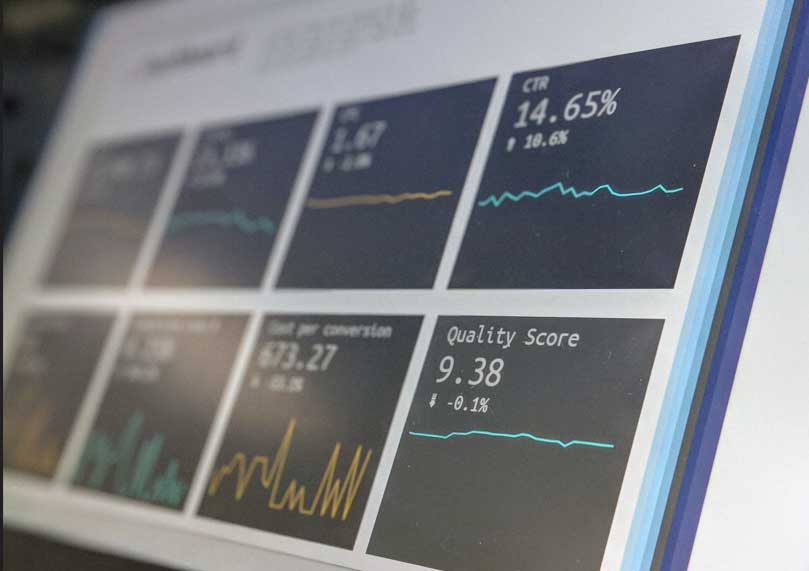10 Methods to improve and optimize your blog for SEO
In the vast expanse of the internet, search engine optimization (SEO) is your flare: it lets people know where you are. SEO may sound like a highly technical term, but SEO experts point out that just making a few mindful changes to your blog posts can spell a world of difference.
1.Try to focus on one to two long-tail keywords to reach your potential audience.
We all use keywords even we’re not aware of them. The search engines run on keywords, but to be more specific, cater to “long-tail” keywords. Long-tail simply refers to key phrases that can narrow down the searches, for example: instead of “furniture,” you can be more specific and use “Singapore antique furniture for sale.”
SEO consultants note that this would reduce your audience, but the quality would be more focused, specific, and more likely to engage with your site.
2.Include your 2-3 keywords in the right place of your post.
Now that you are armed with smarter, pinpointed keywords, make sure you maximize them by placing them in strategic locations in your blog.
Where you place your keywords is almost as important as choosing your keywords. A Singapore-based SEO consultant recommends placing keywords in the title, headings and subheadings, introductory sentence, and the concluding paragraph.
Place your keywords seamlessly, with the reader receiving the keywords as a natural part of the blog post. Internet users are smarter now, and they can perceive the hard-sell.
Pro tip: Write your blog post from the point of view of the reader so you can see the difference.
3.Make sure your blog can be seen across different platforms (responsive).
The mobile phone allows people to stay online at any time and place. More search queries are made from mobile phones than computers, so if your blog is not mobile-friendly, you’re missing out on the game.
The key is responsive design, and one indicator of this is that your website host should have just one URL for both mobile and desktop platforms, so it would be easy to share the URL for phone and computer users.
4.Meta description matters. Optimize them and use them wisely.
The meta description is the text that appears in Search Engine Results Pages (SERPs) right below the title of the article. This is crucial since there would be many articles with similar titles. Readers would consult the meta description to choose which one to click.
Search engines like Google want to ensure relevant results for their users. Google allotted 300 characters to the meta description so readers can get more insight into the substance of the article, ensuring that it’s not just clickbait.
5.Optimize your images.
The internet is a visual arena. Quality content needs a boost with images. However, SEO consultants reveal that the search engines do not search images visually, they search for Alt text. Thus, when you upload an image to your blog, include the keywords in the description and file name (ex. Singapore Merlion).
6.Do does not overuse the same topic tags.
Topic tags are necessary, but just like keyword usage, you must not overdo it. Tagging your post as “run,” “running,” “running time” will risk being penalized by search engines, aside from being useless and repetitive.
It is best to choose 15-25 relevant tags, and choose those that are distinct from each other to attract a wider audience.
7.Optimize your URL structure.
Your URL structure also serves a purpose since it helps your visitors to have an idea of how your website is structured. That will make it easier for them to navigate your site since they can follow the URL structure and change the contents from the address bar.
Search engines are partial to web page URLs that are part of a general site structure since this enhances the user experience.
8.Use Google’s Search Console to boost your SEO.
Google has a free Search Console which also has a Search Analytics Report. It analyzes the clicks from Google Search and provides data on which keywords lead to your blog content.
You can use this data as a guide on what keywords you should use in the future, and change the keywords that are not yielding good results.
9.Try to refer to other websites with their link
Bloggers are not always in competition. You should actually link and reference other bloggers as part of ethical practice. It helps expand your network and also being potential backlinks—which improves your rank in the search engine.
10.Use your social media as a tool to reach your target audience.
Social media is taking over the internet. Almost everyone on the internet has a profile on a social media platform. Promoting your site on social media can be as productive as search engine optimization.







